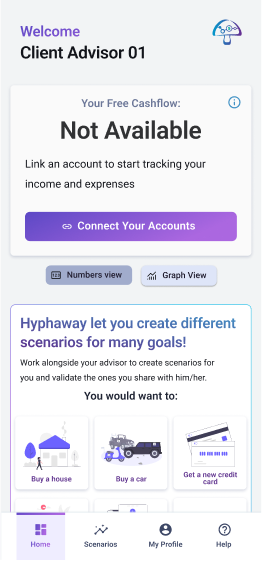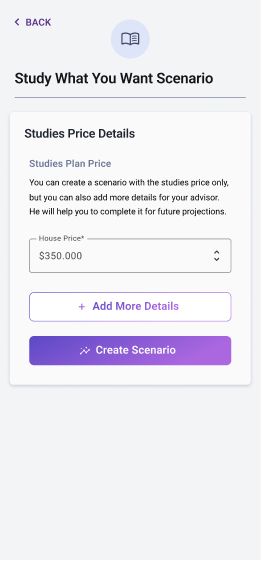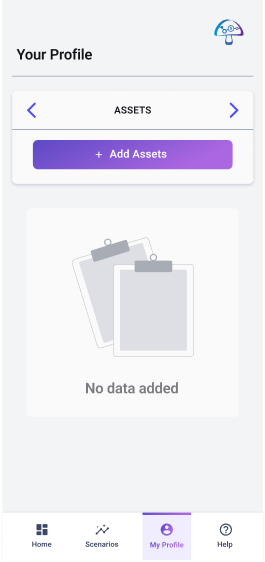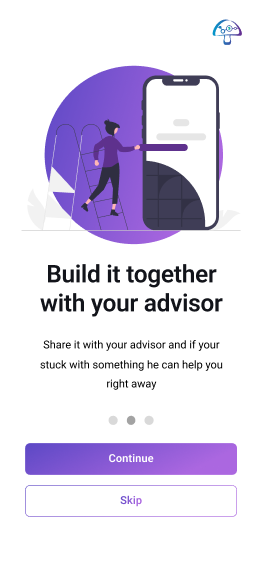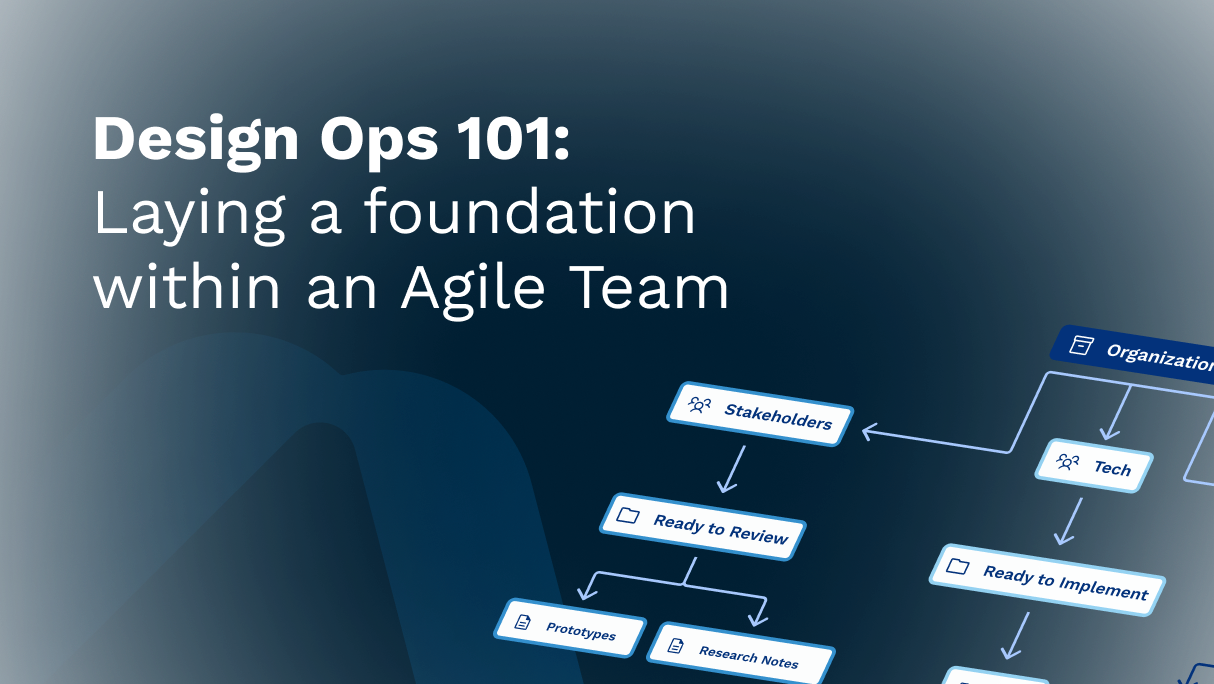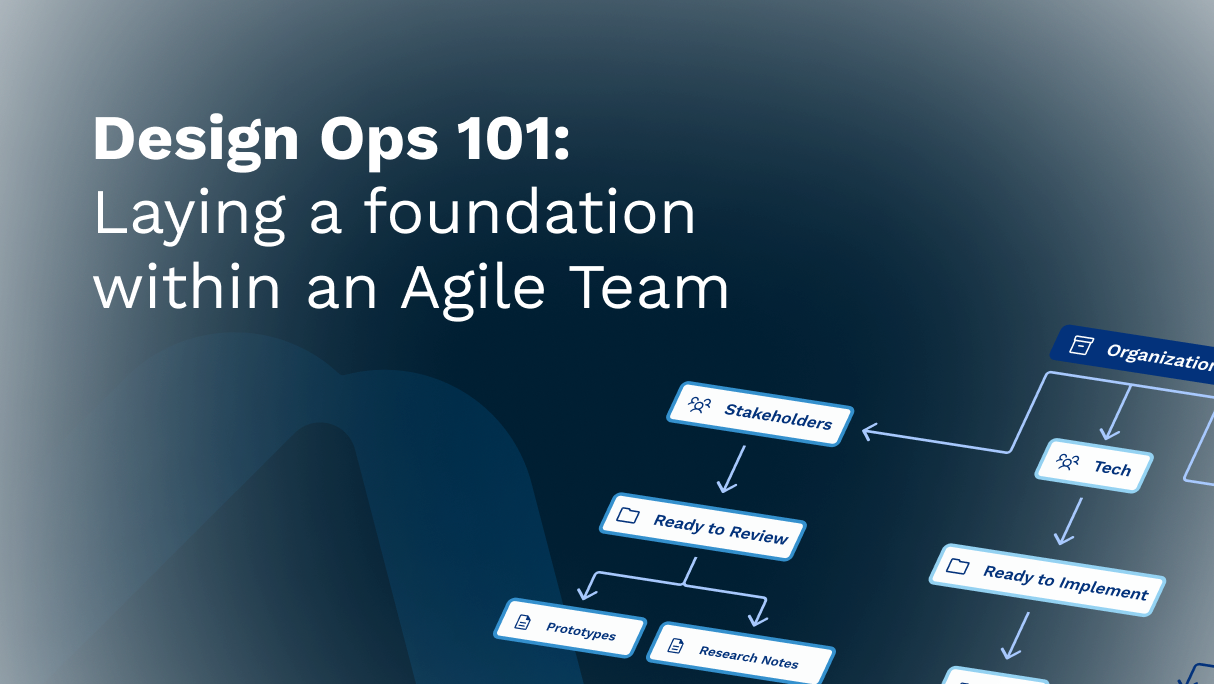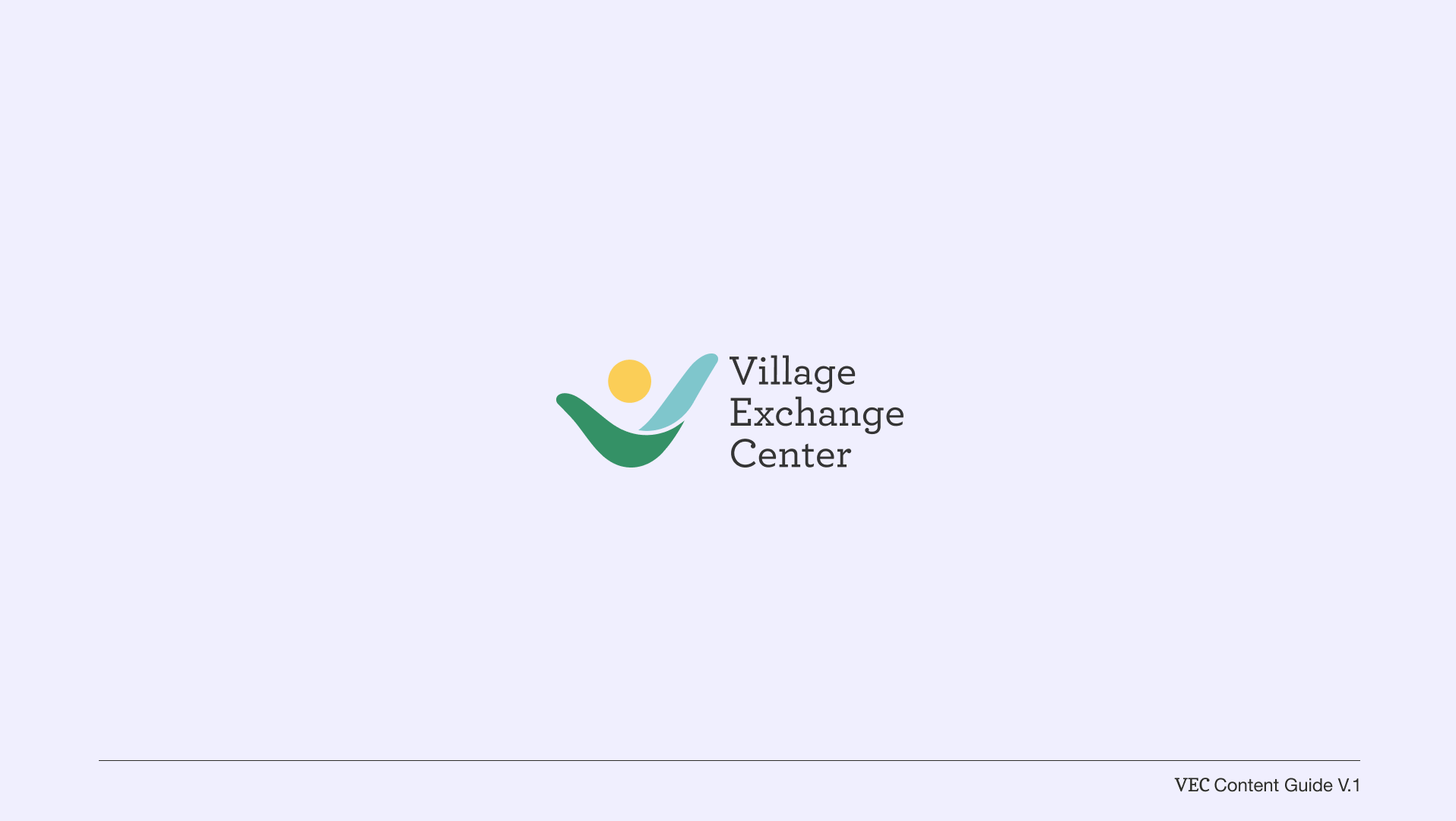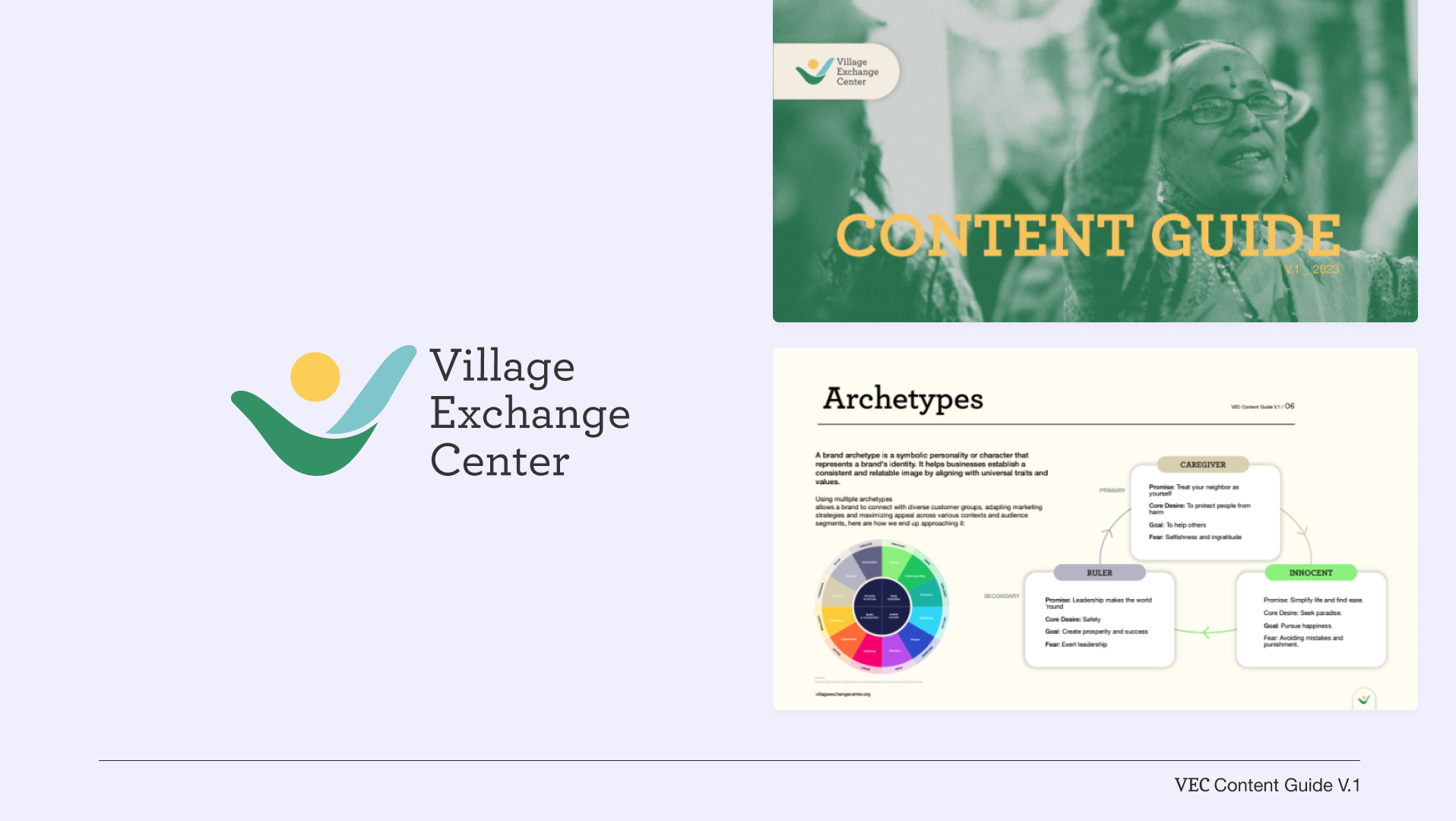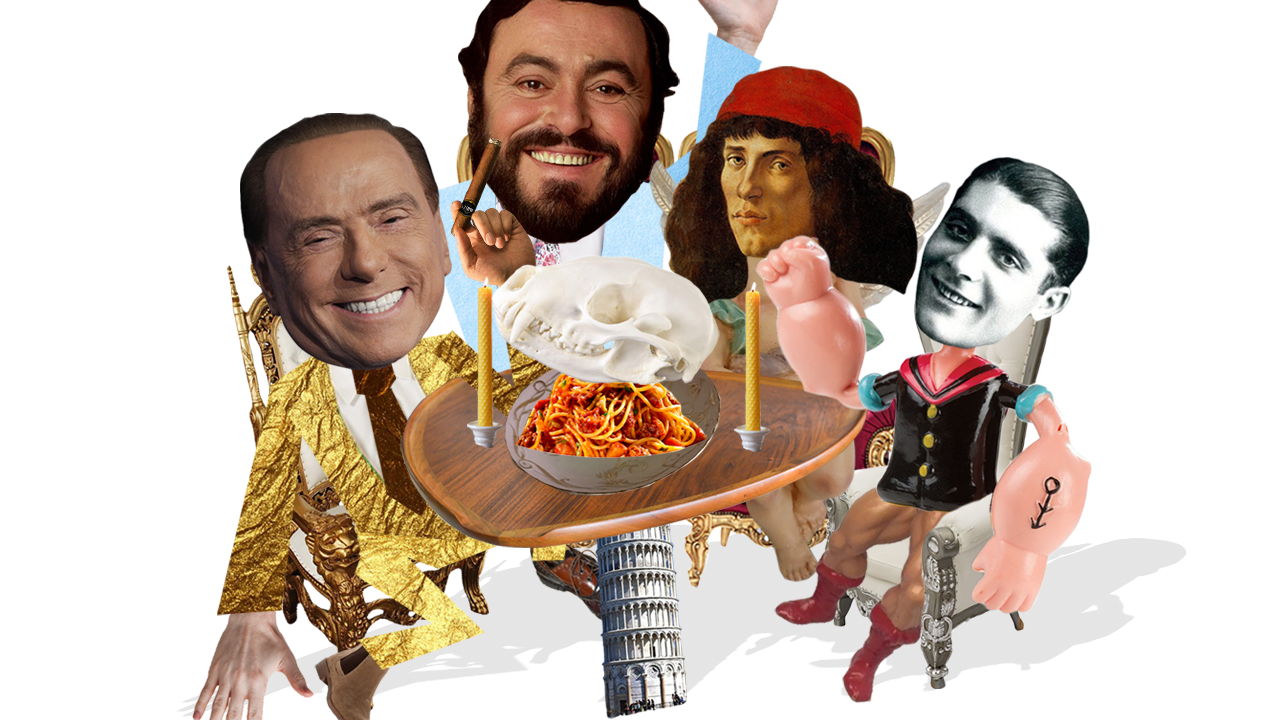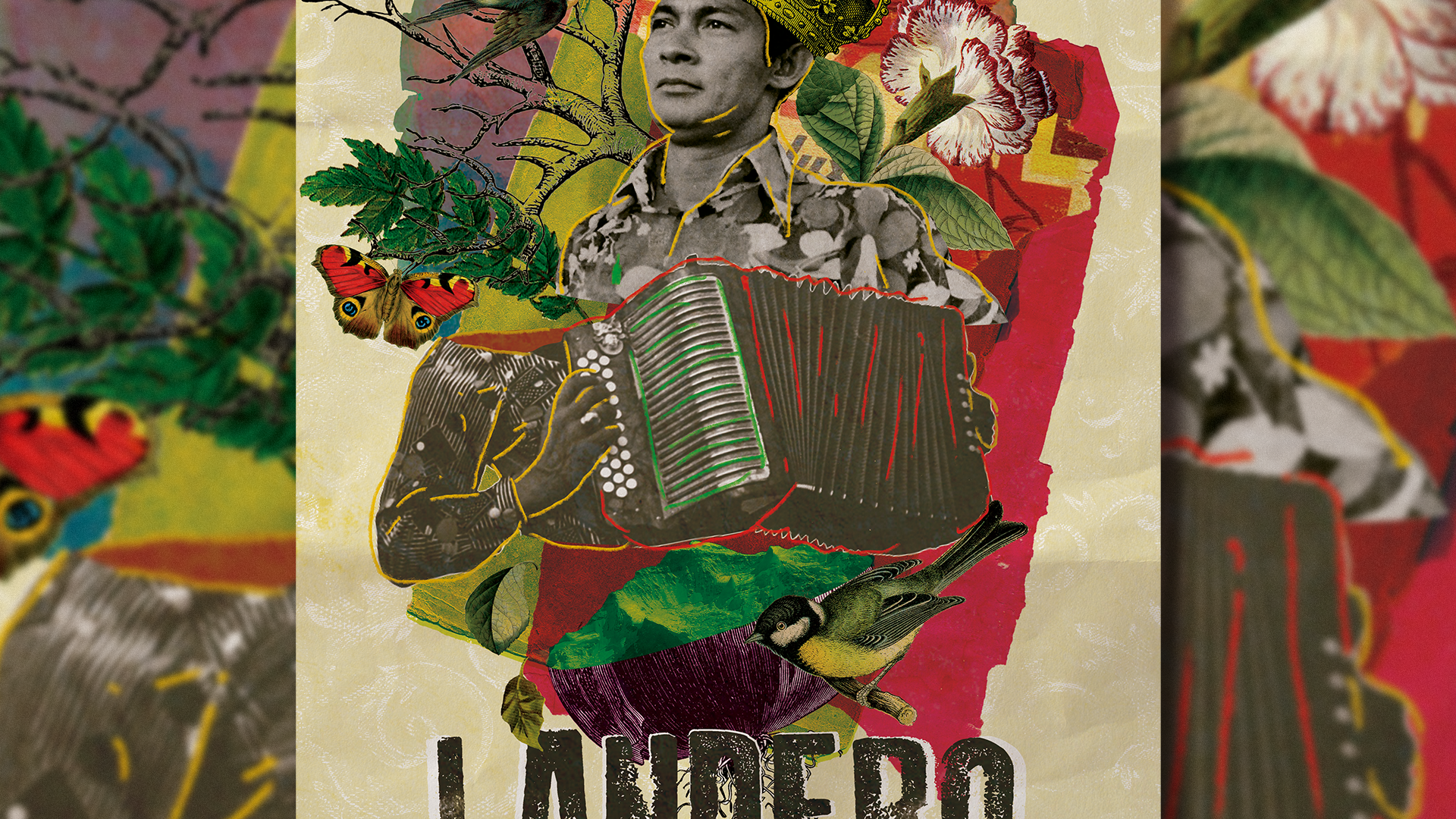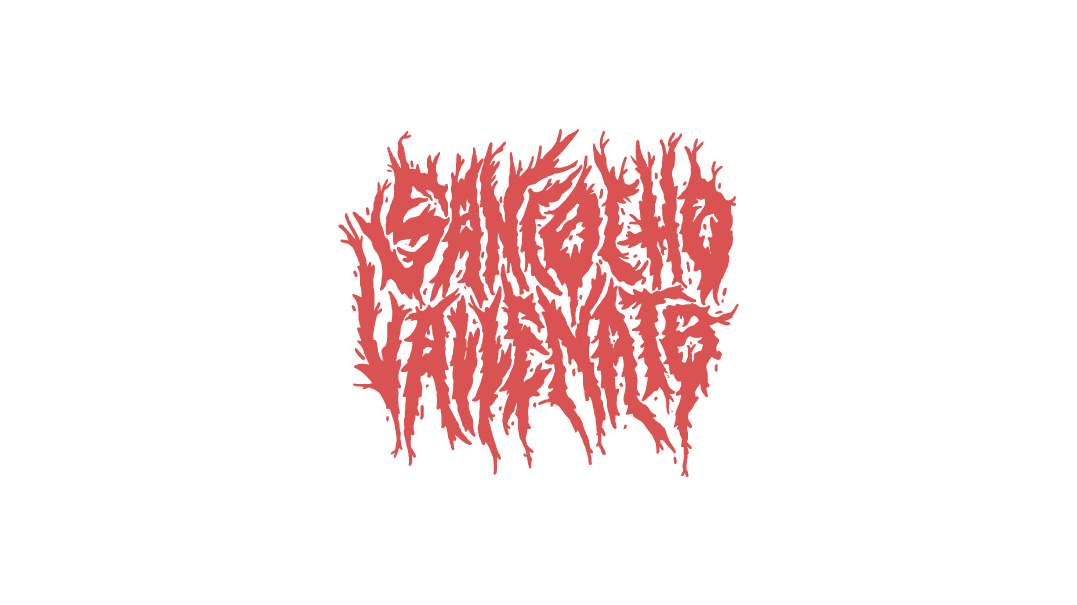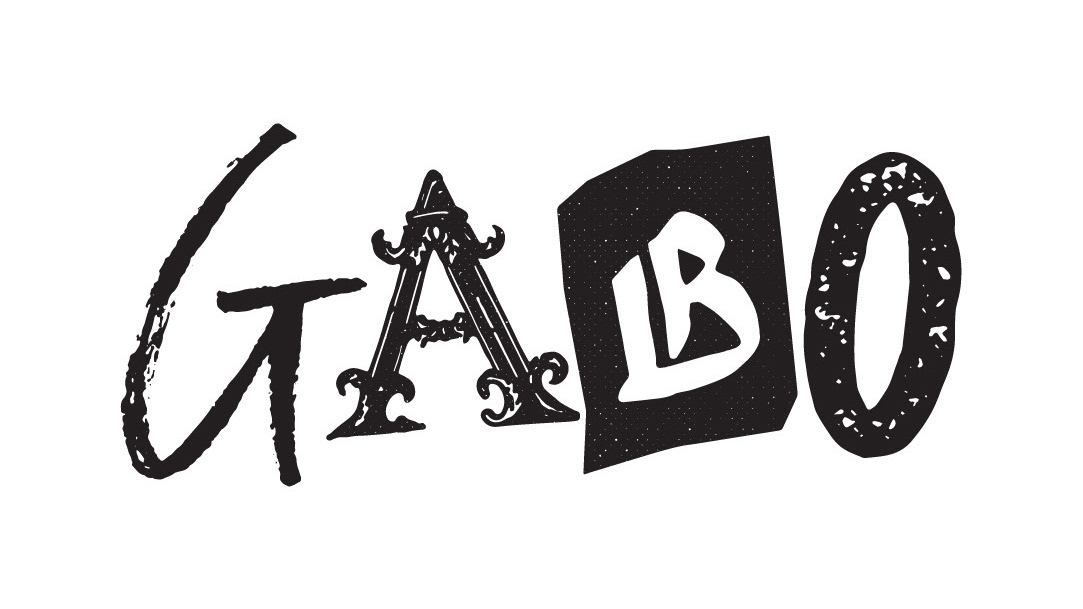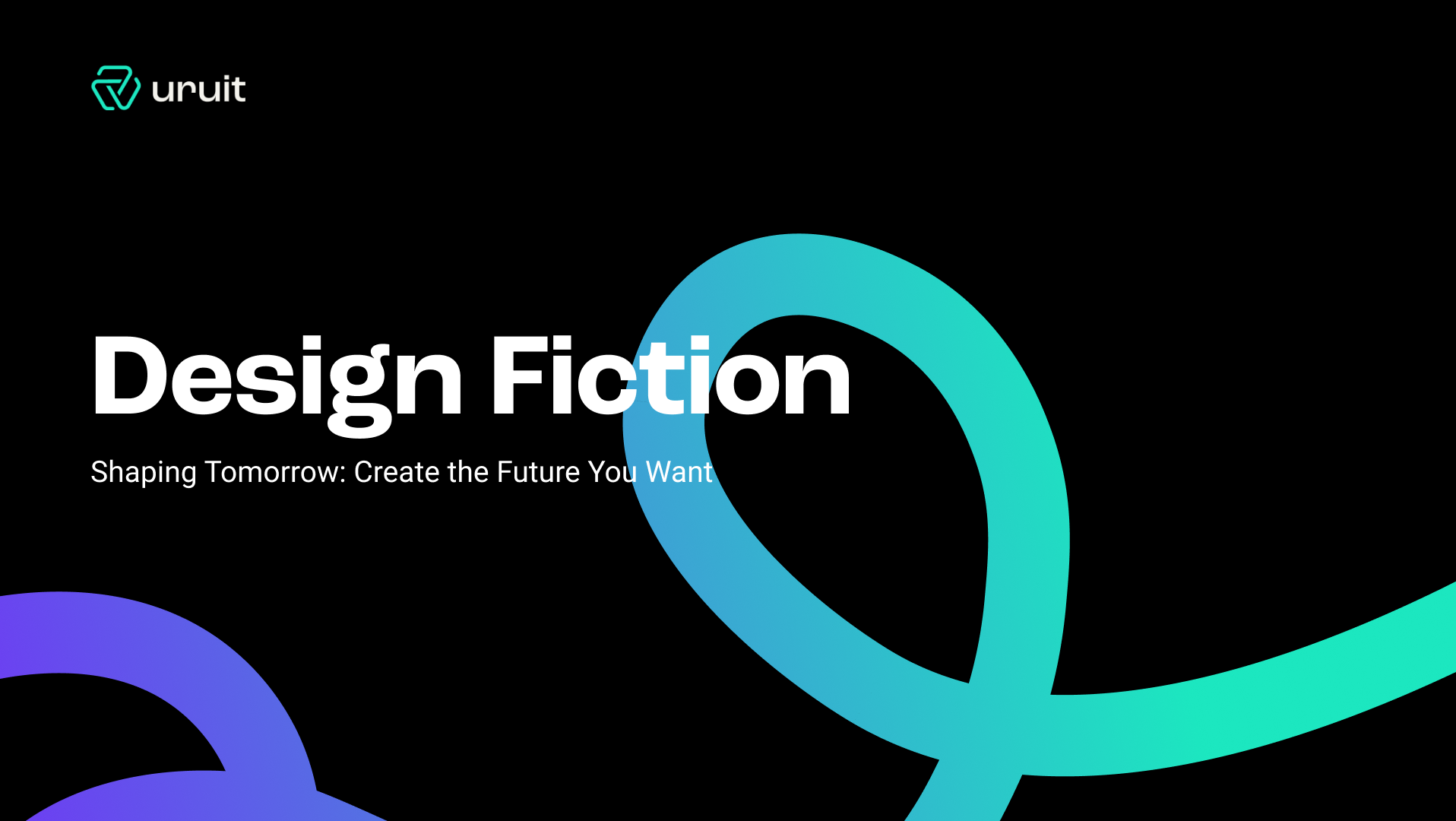Overview
Hyphaway wanted to create a digital platform that enhanced the relationship between financial advisors and their clients. They were currently testing a couple ideas that helped them do their approach to financial advisory.
The goal of this project was to uncover real needs of both clients and advisors and turn them into a product that tackled these needs. From there we have to build a quick mvp to validate all our assumptions and from there start enhancing an already robust product.
The goal of this project was to uncover real needs of both clients and advisors and turn them into a product that tackled these needs. From there we have to build a quick mvp to validate all our assumptions and from there start enhancing an already robust product.
Work Done: User research, product concept, interaction, visual design, prototyping & testing
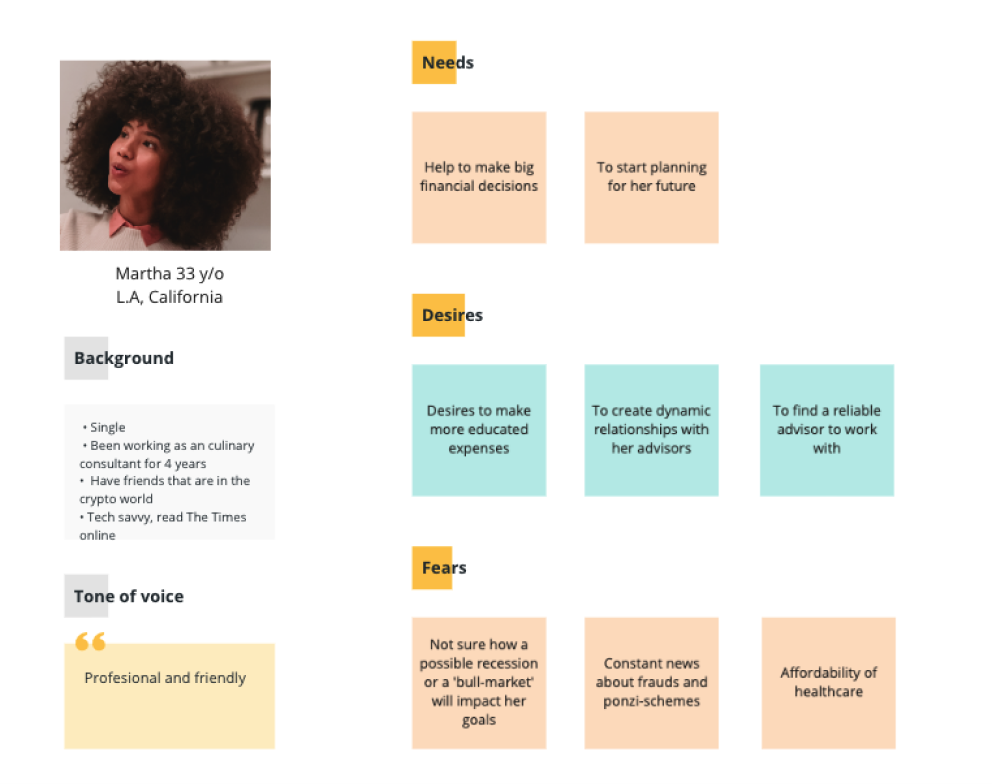
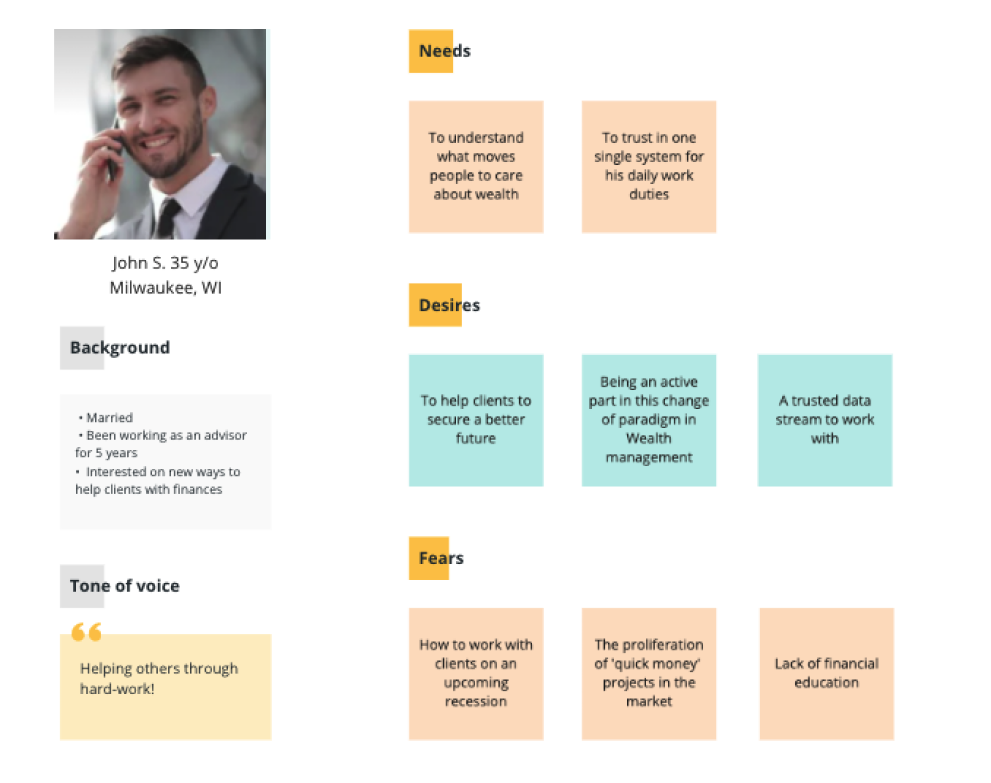
Inheriting and updating a foundation
We inherited user research data of multiple interviews and workshops that were conducted over a year ago. Re-validating this data was fundamental in order to start building a strong foundation focused on serving users and solving their needs.
Through the use of proto-personas, we held a couple of workshops in which we put the user at the center at all times, constantly keeping in mind that in order to be successful, we needed to put ourselves in their shoes as well, and see things from their perspective. From there on, we began to draw a series of hypotheses regarding users’ pains, needs, and gains throughout the current journey map.
After identifying information gaps we started developing new areas to cover and which were necessary to revalidate in n ew interviews we will be conducting following up.
After identifying information gaps we started developing new areas to cover and which were necessary to revalidate in n ew interviews we will be conducting following up.
Pining down an ever-changing context
Context provides clarity and gives a clear picture of ‘where’, ‘who’, ‘why’, and ‘when’ we are creating a given solution. Since we started creating the product after the pandemic we understood how much has contextual and general behaviors changed all across our public and potential users. Therefore, it was crucial to start re-framing the context we were facing.
Co-creating a Product Vision
One of the first workshops that we facilitated aimed at getting Hyphaway’s first impressions in terms of priorities, competitors, perceived pains, and opportunities. From there we created a Product Vision that helped us shape and construct all aspects of our product during those months.
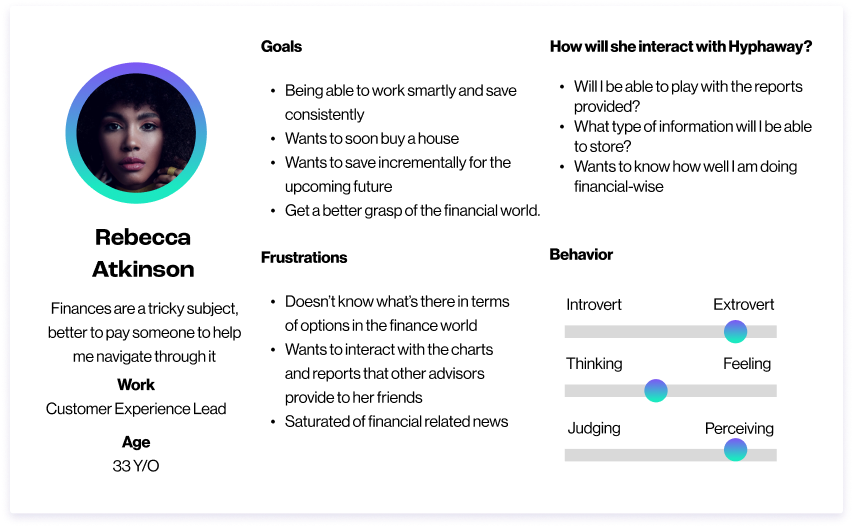
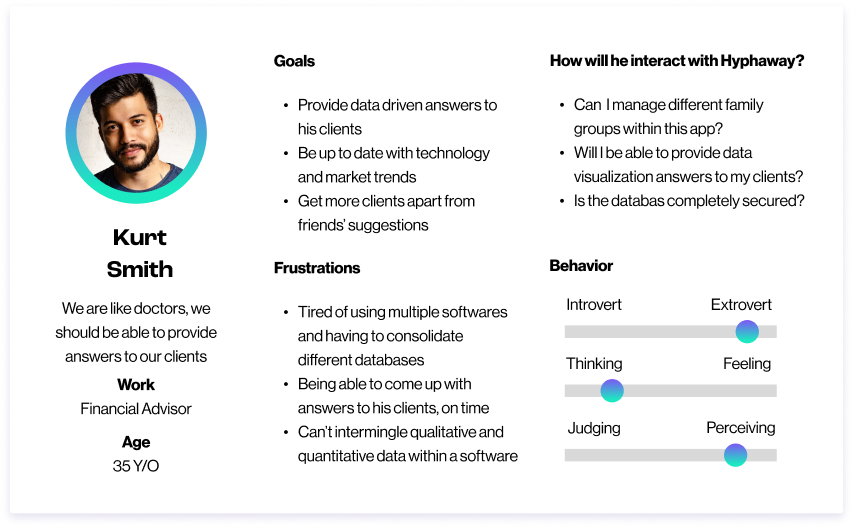
These personas were not meant to be definitive rather to evolve as we understand research is meant to be present during the whole design process.
Findings and Insights
After multiple open-ended interviews with both advisors and clients we started identifying insights and we proceeded to compare those findings with the previously conducted interviews. We were able to determine that:
Advisor:
- Current client data visualization methods are not optimal
- Not every piece of data is used to answer clients’ questions
- Understanding the client is the key to answer complex questions
- The way you ask some questions can lead you to understand clients
- Not every piece of data is used to answer clients’ questions
- Understanding the client is the key to answer complex questions
- The way you ask some questions can lead you to understand clients
Clients:
- Big personal moments or decisions trigger the need of working with a professional
- Business-related queries can trigger the need of working with an advisor
- Without an advisor, people can manage finances to an extent
- Working with a financial advisor provides the client with deeper knowledge and assurance
- Business-related queries can trigger the need of working with an advisor
- Without an advisor, people can manage finances to an extent
- Working with a financial advisor provides the client with deeper knowledge and assurance
From How Might We to prototypes
We challenged our design team to start ideating ”How Might We” solutions to resolve the main pain points we have uncovered so far in the process. From there, we designed low-fidelity screens to put them in front of our users during the conducted interviews.
We started uncovering pain points from our already constructed user journeys, from there we prioritized them together with the client. Afterwards, through How Might We ideations we came up with couple of challenges to start ideating final solutions which we quickly designed as lo-fi screens.
Understanding two types of users
We started making decisions regarding the final outcomes and product definitions based on our user findings.
It’s key to ensure we encompass needs for both type of users since everyone has a different set of expectations and needs.
It’s key to ensure we encompass needs for both type of users since everyone has a different set of expectations and needs.
Through the processing of the previously conducted user research and throught the gathering of new information, we were able to consolidate human factors in these personas.
As this is an ongoing process, the idea is to continuously iterate and update our data in order for the information to not become obsolete and be able to grow, change, and evolve, just like our users do.
As this is an ongoing process, the idea is to continuously iterate and update our data in order for the information to not become obsolete and be able to grow, change, and evolve, just like our users do.
After placing these screens during interviews we were able to validate assumptions and start gathering feedback on definitions for MVP development. We iterated these and settled for final screens during this process.
Designing with insights
Design should be a cohesive process that aims to answer multiple users' and business needs. Decisions like interactions, brand definitions, etc, must be paired with a concrete user need and an explanation that provides context around each of them.
Through wireframing the main features we were able to prioritize and validate with users and stakeholders which make the most sense and through feedback we pivoted quickly before defining features for the MVP.
Through a series of workshops with stakeholders we aimed to define what makes our brand unique and from there build a brand language that will define every piece of design we create.
We constructed a pyramid with all the values necessary for a brand to stand on its own.
Results
Design should be a cohesive process that aims to answer multiple users' and business needs. Decisions like interactions, brand definitions, etc, must be paired with a concrete user need and an explanation that provides context around each of them.
